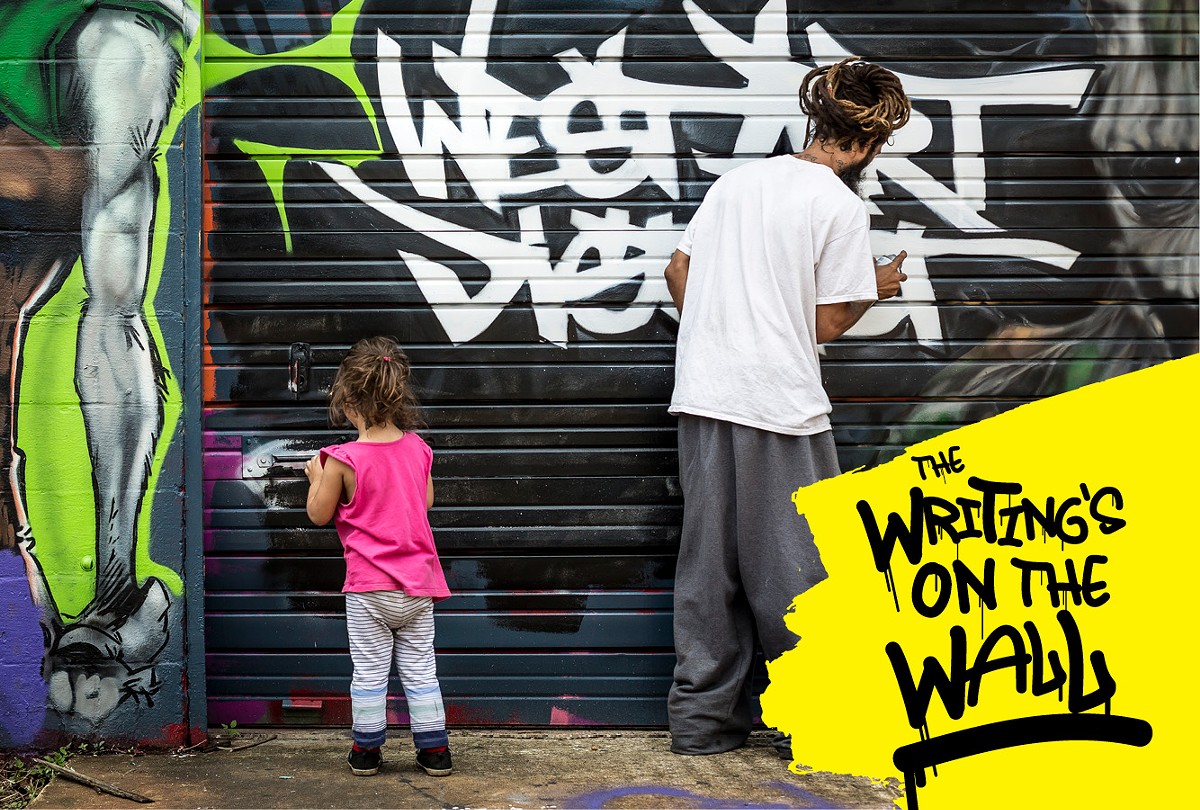The streets of west Orlando have been engulfed by a behemoth construction zone for two and a half years – a construction zone that eventually yielded the new Orlando City soccer stadium – but many new visitors to the Parramore neighborhood won't venture too far past the monolith. That's a shame, because just west of the stadium a neighborhood renaissance is blossoming.
A little over a decade ago, the city of Orlando initiated Pathways for Parramore, an initiative to revitalize the historic community with new business investment, increased housing options, reduced crime, expanded educational opportunities and more public transportation options. Parramore's reputation for high rates of drug trafficking and other crime still lingers, even as the community and the city work to show the greater population of Orlando the vitality that lives on these streets.
That vitality is exploding a couple of blocks west of the Orlando City Stadium, tucked away amid residences, auto body shops and warehouses. The West Art District is a 50,000-square-foot warehouse at 1011 W. Central Blvd. that has been repurposed in a very unexpected manner. As visitors approach the block, their eyes are greeted with a vibrant symphony of colors. Every square inch of the former Auto Machine and Parts Co. is covered in graffiti, but this street art isn't the vandalism of delinquents tagging an abandoned building. As you cruise past local artist Lemus' 13-foot-high black-and-white portrait of Damian Marley, surrounded by brightly hued superheroes, dragons and pandas, it dawns on you that the West Art District is the newest and perhaps most authentic expression of community art in our city.
Purchased in late 2016 by private investors, the West Art District is a collection of warehouses that are being constantly decorated and redecorated by street artists both local and global. Harrison Rai, a 28-year-old industrial developer and real estate agent, doubles as one of the primary property managers at the site. It was his idea to transform the bare-bones warehouse into a creative space.
"We had the vision of an art district already," Rai says. "We pretty much had this vision of developing this area to make it into an art district."


